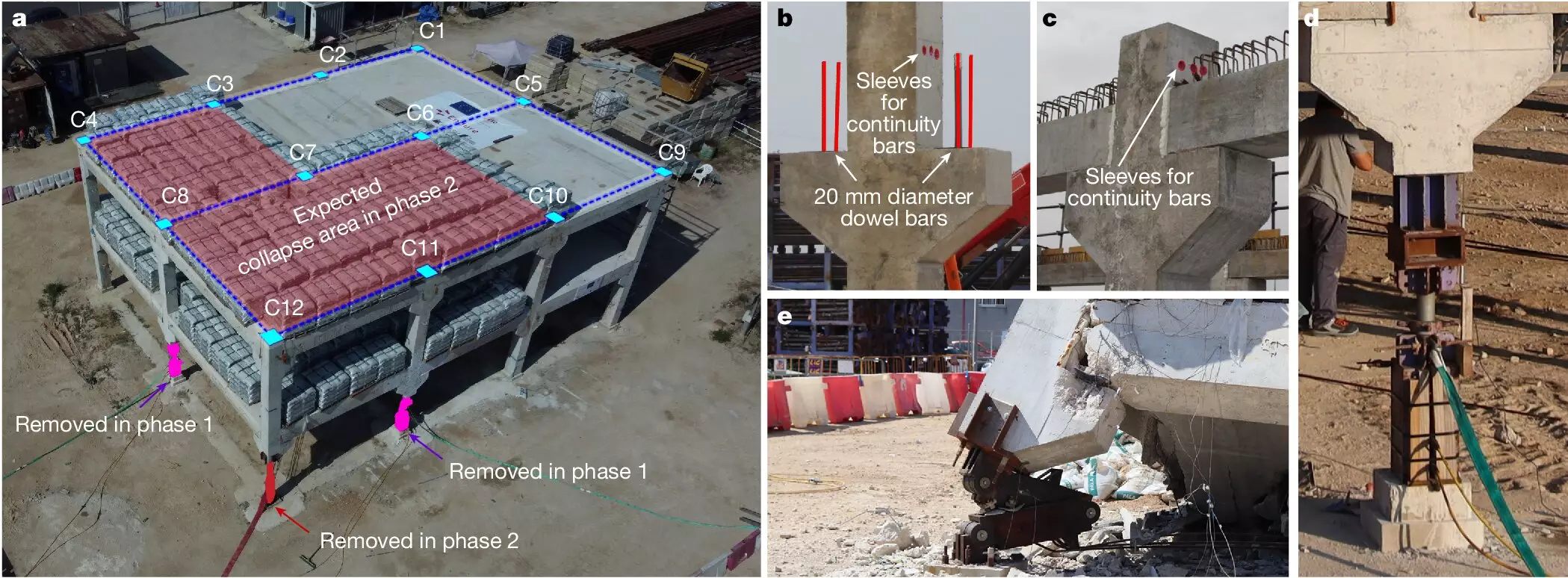The current methods of building design are centered around enhancing the connectivity among various components of a structure. This connectivity allows for the redistribution of loads in the event of component failure, preventing complete collapse after small initial failures. However, these methods can pose a risk of progressive collapse following large initial failures, as witnessed in incidents such as the collapse of Champlain Towers, a building in Peñíscola, and in Abadan. In response to this limitation, a new design approach proposed by the ICITECH-UPV aims to address this alarming issue of collapse propagation in buildings.
The groundbreaking method developed by the UPV team involves the use of a structural fuse concept to isolate damaged parts of a building, thereby averting the spread of major failures across the entire structure. This innovative philosophy draws parallels to safeguarding an electrical system from overloads through the use of electrical fuses. By implementing this design, the building maintains structural integrity under normal conditions but becomes segmented when failure propagation is unavoidable, reducing damages and preventing total collapse.
Implementation and Impact
According to Makoond, the new design philosophy will have minimal impact on the cost of the structure, utilizing conventional construction materials and details. The method has been validated through a test on a real-scale building, marking the first solution against collapse propagation following large initial failures that has been successfully tested and verified at full scale. This application promises to avert catastrophic collapses, safeguarding lives and mitigating economic losses.
As the researchers continue to refine their design approach, it can be applied to various types of buildings, including those constructed with in-situ concrete and steel. The ongoing development of this innovative method represents a significant milestone in the field of building design, showcasing its potential to revolutionize the industry. The researchers are dedicated to expanding the application of this approach to enhance the resilience of structures and prevent future collapses.
The fuse-based segmentation approach introduced by the ICITECH-UPV team offers a promising solution to the critical issue of collapse propagation in buildings. With its demonstrated efficacy in preventing catastrophic failures, this innovative method has the potential to redefine the standards of building design and construction. By prioritizing safety and resilience, the implementation of this approach could have far-reaching implications for the future of structural engineering.


Leave a Reply